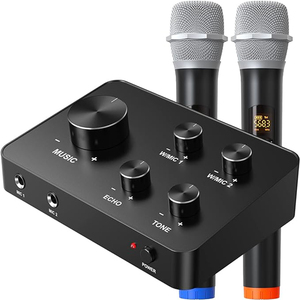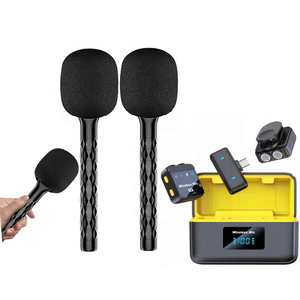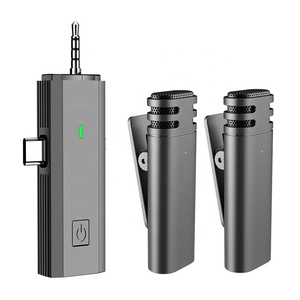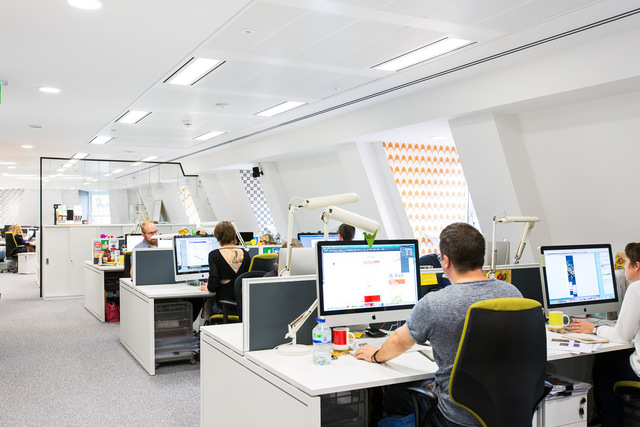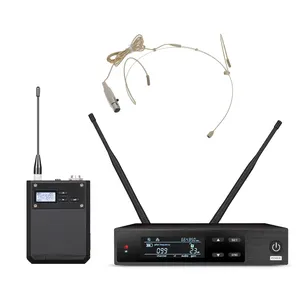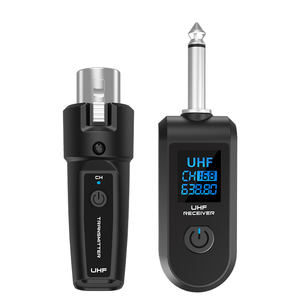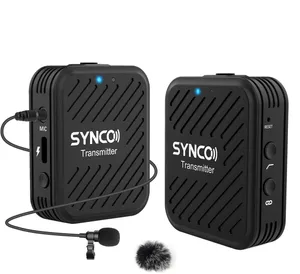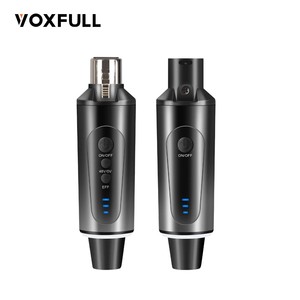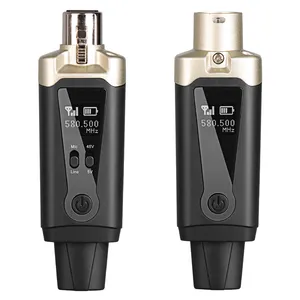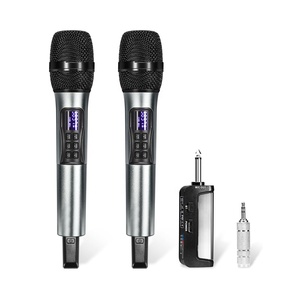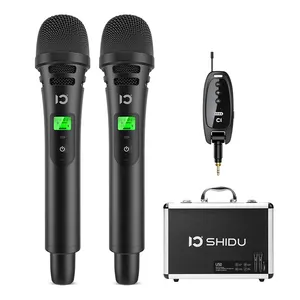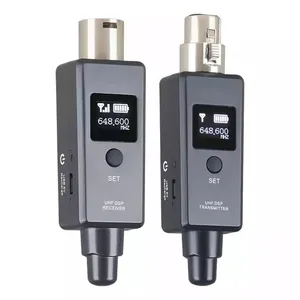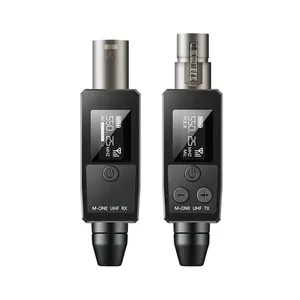Wireless Microphone With Receiver





 Top sponsor listing
Top sponsor listing





 1/11
1/11


 0
0



 1/2
1/2



 0
0







 1/3
1/3



 0
0




 1/3
1/3



 0
0





 1/1
1/1





 1/36
1/36


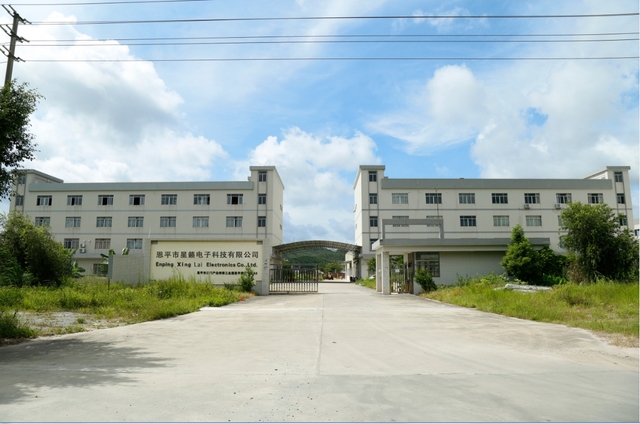

 1/3
1/3



 1/3
1/3












 1/32
1/32



 1/3
1/3






 1/17
1/17



 1/3
1/3


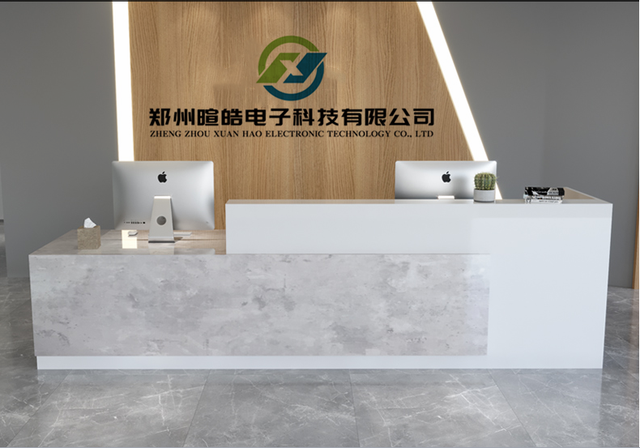

 1/3
1/3
About wireless microphone with receiver
Where to Find Wireless Microphone with Receiver Suppliers?
China remains the central hub for wireless microphone manufacturing, with key production clusters concentrated in Shenzhen and Guangzhou. These regions host vertically integrated supply chains spanning RF module fabrication, PCB assembly, and acoustic component sourcing, enabling rapid prototyping and high-volume output. Shenzhen alone accounts for over 70% of China’s professional audio equipment exports, supported by mature ecosystems of electronics subcontractors and logistics providers within a 50km radius.
The industrial infrastructure allows suppliers to maintain tight control over production cycles, with average lead times ranging from 15–25 days for standard orders. Localized access to raw materials—such as ABS housing, lithium-ion batteries, UHF/VHF transceivers, and dynamic condenser capsules—reduces material procurement delays by up to 40%. Buyers benefit from scalable production models capable of fulfilling MOQs from 1 piece to 10,000+ units, while customization options including color, branding, packaging, and dual-mic configurations are routinely offered across the sector.
How to Choose Wireless Microphone with Receiver Suppliers?
Selecting reliable partners requires rigorous evaluation across technical, operational, and transactional dimensions:
Technical & Product Compliance
Verify adherence to international standards such as CE, FCC, and RoHS for electromagnetic compatibility and environmental safety. For export markets, confirm frequency band alignment—UHF (600–900 MHz) systems offer superior signal stability in crowded environments compared to VHF alternatives. Request test reports on key performance indicators: signal-to-noise ratio (>100 dB), operating range (≥50m), and battery life (≥6 hours).
Production Capability Assessment
Evaluate supplier infrastructure through available metrics:
- Minimum monthly output capacity exceeding 10,000 units for volume scalability
- In-house capabilities covering SMT assembly, RF tuning, acoustic testing, and firmware programming
- Dedicated R&D teams supporting OEM/ODM development, particularly for DSP-enabled models and rechargeable variants
Cross-reference online revenue data and on-time delivery rates (target ≥94%) as proxies for operational reliability.
Transaction Risk Mitigation
Prioritize suppliers with documented quality management systems and responsive communication (response time ≤2 hours). Utilize secure payment mechanisms such as escrow services until product inspection is completed. Conduct sample validation to assess build quality, audio clarity, and receiver synchronization before full-scale ordering.
What Are the Best Wireless Microphone with Receiver Suppliers?
| Company Name | Main Products | Verified Supplier Type | On-Time Delivery | Reorder Rate | Avg. Response | Online Revenue (USD) | Customization Options | Sample MOQ |
|---|---|---|---|---|---|---|---|---|
| Shenzhen Hiaudio Electronics Co., Ltd. | Microphones, Receivers & Amplifiers, Home Theater Systems | Custom Manufacturer | 100% | 33% | ≤1h | $3,000+ | Color, material, size, logo, packaging, label, graphic | 1 piece |
| Shenzhen Yaika Electronic Co., Ltd. | Microphones, Sound Cards, Adapters, Dual Mic Systems | Multispecialty Supplier | 94% | <15% | ≤3h | $260,000+ | Adapter, color, material, size, dual mic, headset, sound card, logo, weight, packaging, label, graphic | 1–2 pieces |
| Shenzhen Xiexunda Technology Co., Ltd. | Microphones, Gaming Mics, Speakers, Audio Sound Cards | - | 100% | <15% | ≤2h | $10,000+ | Not specified | 2 pieces |
| Guangzhou Maiwang Electronic Co., Ltd. | Microphones, Noise Cancelling Earphones, Audio Accessories | - | 94% | <15% | ≤1h | $5,000+ | Not specified | 1–2 pieces |
| Jiangmen Muses Electronic Commerce Co., Ltd. | Professional Sound Equipment, DJ Controllers, Audio Processors | - | 100% | <15% | ≤2h | $230,000+ | Not specified | 1–10 pieces |
Performance Analysis
Shenzhen Hiaudio stands out with a 33% reorder rate and sub-hour response time, indicating strong customer retention despite lower reported revenue. Shenzhen Yaika and Jiangmen Muses report significantly higher online revenues ($260k+, $230k+) and support advanced customization, including multi-mic kits and adapter integration—ideal for buyers seeking value-added configurations. All top-tier suppliers maintain 94–100% on-time delivery, with Guangzhou- and Shenzhen-based manufacturers leading in responsiveness. For budget-sensitive or small-batch procurement, several suppliers offer single-unit MOQs at competitive price points starting below $5/unit.
FAQs
How to verify wireless microphone supplier reliability?
Cross-check technical claims with product specifications and request compliance documentation for CE, FCC, or RoHS where applicable. Analyze supplier tags related to delivery performance, response speed, and transaction volume. Engage in direct communication to assess technical fluency in RF design, battery management, and audio signal processing.
What is the typical sampling timeline?
Standard samples are typically shipped within 7–14 days after confirmation. Customized prototypes involving PCB redesign or enclosure modifications require 20–30 days. Air freight adds 5–10 days for international delivery.
Can suppliers provide OEM/ODM services?
Yes, most suppliers listed offer OEM branding (logo, packaging) and ODM development for form factor, frequency band, power output, and accessory bundling. Shenzhen Yaika and Jiangmen Muses explicitly list extensive customization parameters, including dual-mic configurations and DSP integration.
What are common MOQ and pricing structures?
MOQ ranges from 1 to 10 pieces depending on model complexity. Entry-level VHF models start at $3.75/unit (MOQ 2 sets), while professional UHF systems reach $130+/unit. Bulk discounts are standard beyond 500 units, with negotiated pricing possible for recurring orders.
How to evaluate audio performance before bulk order?
Request audio test files or live demos showcasing frequency response (typically 50Hz–18kHz), latency (<5ms), and interference resistance. Conduct side-by-side comparisons of microphone sensitivity, receiver lock stability, and noise floor under real-world conditions. On-site or third-party factory audits can validate testing protocols.






